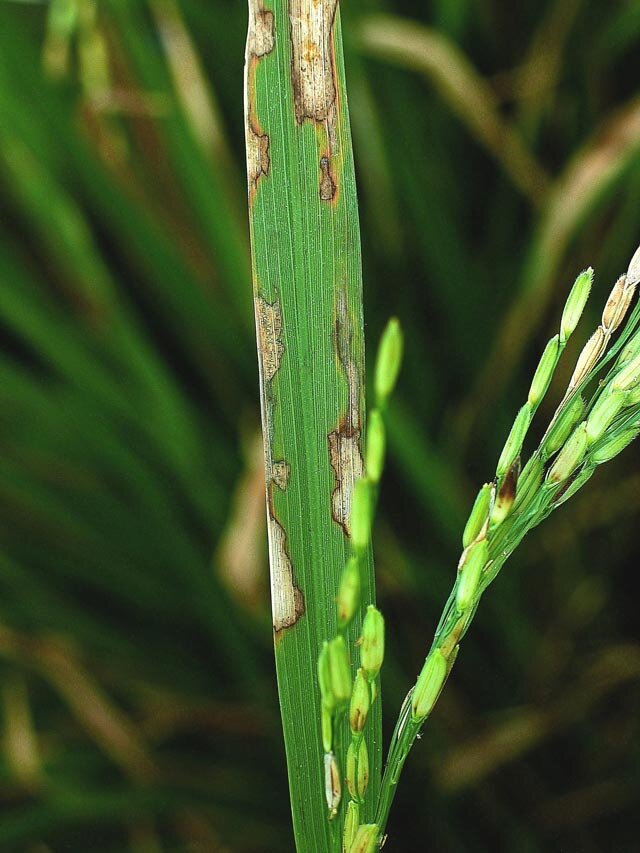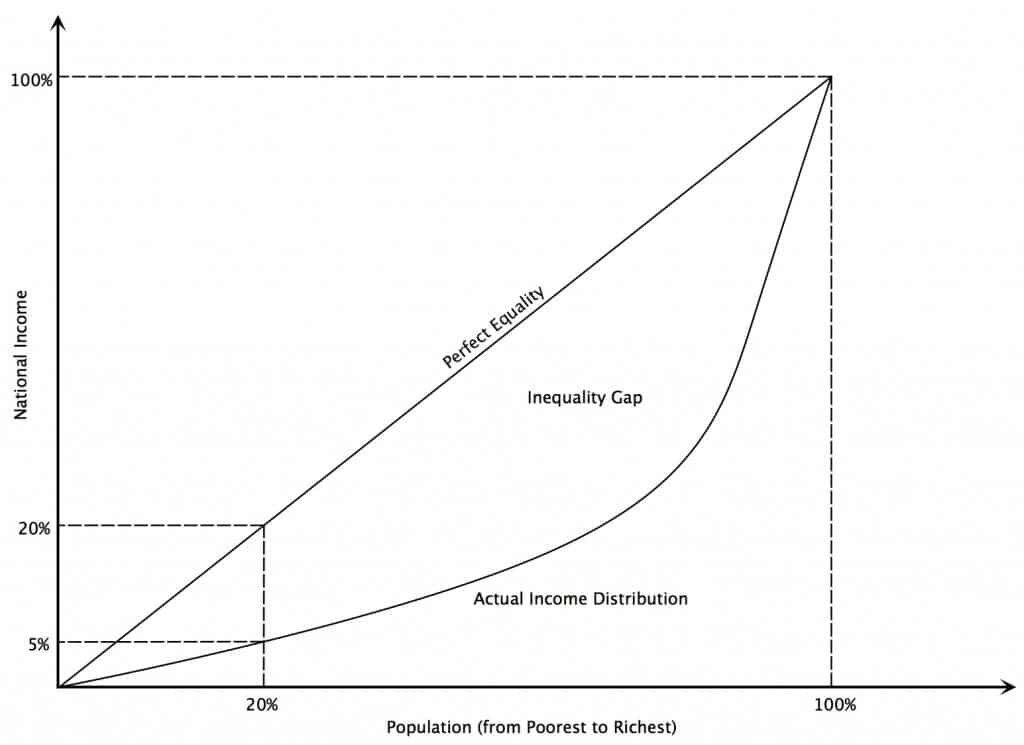International Relations
SCO Summit- 2019
The 19th annual Shanghai Cooperation Organisation (SCO) summit was held on 13-14 June 2019 in Bishkek, Kyrgyz Republic.
- The heads of the Member States reviewed the implementation of the results of the Qingdao Summit and the priority goals for SCO development in the context of current global political and economic processes.
- The Bishkek Declaration was adopted by the Member states.
Note: Another "Bishkek Declaration", adopted in 2013 by 12 countries (including India) is associated with conservation and protection of Snow Leopard.
Highlights of the SCO-2019 Bishkek Declaration
- Security
- The Member States resolutely condemn terrorism in all its forms and manifestations. They urge the international community to strengthen global cooperation in efforts against terrorism in line with the UN Charter and the principles of international law, without politicisation and double standards, while respecting the sovereignty and independence of all states.
- The declaration also pressed for consensus regarding the adoption of the Comprehensive Convention on International Terrorism.
- Ensure the earliest possible enactment of a protocol on security guarantees to the Central Asian Nuclear-Weapons-Free Zone Treaty for all signatory states.
- Honouring the Convention on the Prohibition of the Development, Production and Stockpiling of Bacteriological (Biological) and Toxin Weapons and their Destruction.
- Supported the work of the government and people of Afghanistan (with support from the international community) for restoring peace and ensuring the country's sustained development.
- There is no alternative to resolving the situation in Syria through dialogue, while ensuring Syria's sovereignty, independence and territorial integrity.
- Economy
- Expanding and deepening cooperation in trade, finance, investment, transport, energy, agriculture, innovation, cutting-edge technology, etc.
- Serious attention will be given to increasing the share of national currencies in mutual financial transactions and settlements.
- The SCO Member States will promote exchange of experience and further development of international cooperation in countering corruption.
- Promote the development of technology parks and business incubators in the SCO region for the purpose of improving the regional business climate and supporting youth startup projects, including the International Youth Business Incubator of SCO countries within the framework of the SCO Youth Council.
- Space
- Keeping outer space free from weapons and importance of peaceful use of outer space.
- Narcotic Drug Threat
- Need to address the illegal cultivation, production, circulation, sales and dissemination of narcotic drugs, psychotropic substances and precursors.
- Russia will be next to assume the presidency of the SCO. In 2020, the Russian Federation will host a regular SCO Heads of State Council Meeting.
Science & Technology
Spectrum-Roentgen-Gamma Telescope
A joint team of German-Russian scientists will be launching a Spectrum-Roentgen-Gamma (SRG) space telescope. It will create a three-dimensional (3D) X-ray map of the universe and unveil unknown supermassive black holes, dark energy and stars.
- The SRG telescope aims to detect up to 3 mn supermassive black holes from the Milky Way.
- The telescope will be launched into space on a Russian-built Proton-M rocket from Baikonur Cosmodrome in Kazakhstan.
- The four-year mission will survey the entire sky eight times and track the evolution of the universe and dark energy.
- This is the first telescope which is sensitive to high energy hard X-rays.
- The mission will have two independent telescopes:
- A German-built eROSITA (Extended Roentgen Survey with an Imaging Telescope Array).
- A Russian-built ART-XC (Astronomical Roentgen Telescope X-ray Concentrator)
- Each of them covers X-ray bands stretching to relatively much higher energies: 0.2–10 kilo-electron volts (keV) for eROSITA, and 5–30 keV for ART-XC.
X-Rays
- X-rays are a form of high-energy electromagnetic radiation. X-radiation is referred to as Röntgen radiation, after the German scientist Wilhelm Rontgen who discovered these in 1895.
Soft and Hard X-rays
- X-rays are usually described by their maximum energy, which is determined by the voltage between the electrodes.
- X-rays with high photon energies (above 5–10 keV) are called hard X-rays.
- Due to their penetrating ability, hard X-rays are widely used to image the inside of visually opaque objects.
- Those with lower energy (and longer wavelength) are called soft X-rays.
Previous Missions
- Germany's ROSAT mission in the 1990s was sensitive only to ‘soft’ X-rays, with energies of about 2 keV.
- NASA’s Chandra X-ray Observatory and NuSTAR, can see high-energy radiation and resolve tiny details of cosmic structures. But, they see only small parts of the sky.
- SRG was first proposed in 1987, by Russian astrophysicists, but the fall of the Soviet Union in 1991 led to the cancellation of the plan. It was again revived in 2004, but a proposal to send an X-ray telescope to the International Space Station was scrapped when NASA ended its space-shuttle programme in 2011.
- The joint mission was approved by the German space agency and Roscosmos later in 2009.
Indian Economy
Lorenz Curve and Gini Coefficient
- The distribution of Income in an economy is represented by the Lorenz Curve and the degree of income inequality is measured through the Gini Coefficient.
- One of the five major and common macroeconomic goals of a government is the equitable (fair) distribution of income.
- The Lorenz Curve (the actual distribution of income curve), a graphical distribution of wealth developed by Max Lorenzin 1906, shows the proportion of income earned by any given percentage of the population. The line at the 45º angle shows perfectly equal income distribution, while the other line shows the actual distribution of income. The further away from the diagonal, the more unequal the size of the distribution of income.
Gini Coefficient
- The Gini Coefficient, which is derived from the Lorenz Curve, can be used as an indicator of economic development in a country.
- The Gini Coefficient measures the degree of income equality in a population.
- The Gini Coefficient can vary from 0 (perfect equality) to 1 (perfect inequality).
- A Gini Coefficient of zero means that everyone has the same income, while a Coefficient of 1 represents a single individual receiving all the income.
Agriculture
Sheath Blight Disease
- Sheath blight is a fungal disease caused by Rhizoctonia solani.

- Rice sheath blight is an increasing concern for rice production, especially in intensified production systems.
- Infected leaves dry out and die more rapidly, young tillers can also be destroyed. As a result, the leaf area of the canopy can significantly be reduced by the disease. This reduction in leaf area are the primary causes of yield reduction.
Why and Where it Occurs
- Sheath blight occurs in areas with high temperature (28−32°C), high levels of nitrogen fertilizer, and relative humidity of crop canopy from 85−100%.
- Plants are more vulnerable to sheath blight during the rainy season.
- High seeding rate or close plant spacing, dense canopy, the disease in the soil, sclerotia or infection bodies floating on the water, and growing of high yielding improved varieties also favour disease development.
Indian Economy
Compoundable Offences under Direct Tax Laws
The Central Board of Direct Taxes (CBDT) has issued the guidelines for compoundable offences under Direct Tax Laws, 2019.
- Compoundable offences are those which can be conciliated by the parties under dispute, without the requirement of the permission of the court.
Guidelines
Guidelines have classified offences into three categories.
- The first category of offences open to compounding include:
- Defaults under tax deducted or collected at source.
- Failure to file return.
- The second category of offences, for which compounding will not be allowed, deal with:
- Willful evasion of tax.
- Removal or concealment or transfer or delivery of property to thwart tax recovery in a search operation.
- The third category of offences that "shall normally not be compounded" includes:
- Offences committed by a person for which he was convicted by a court of law under direct tax laws.
- Enabling others to evade taxes.
- Money laundering (launder money by generating bogus invoices).
- Offences relating to undisclosed foreign bank account or assets under the Black Money (Undisclosed Foreign Income and Assets).
- Imposition of Tax Act, 2015 or under the Benami Transactions (Prohibition) Act, 1988.
Important Facts For Prelims
Sahitya Akademi Awards
The Sahitya Akademi announced Bal Sahitya Puraskar and Yuva Puraskar 2019.
- Sahitya Akademi Bal Sahitya Puraskar relates to books first published during the five years immediately preceding the year of Award.
- During the initial ten years (i.e. from 2010 to 2019), the award may also be given to an author based on his/her total contribution to children literature.
- Sahitya Akademi Yuva Puraskar relates to books published by an author of the age of 35 and below as on 1st January of the year of the award.
- The winners of both the awards will receive a casket containing an engraved copper plaque and a cheque of Rs 50,000.
Sahitya Akademi Awards
- Sahitya Akademi award established in 1954, is a literary honour that is conferred annually by Sahitya Akademi, India’s National Academy of letters.
- Award is presented to the most outstanding books of literary merit published in any of the twenty-four major Indian languages recognized by the Akademi (including English).
- Sahitya Akademi award is the second highest literary honour by the Government of India, after Jananpith award.
- The award is presented in the form of a casket containing an engraved copper-plaque, a shawl and a cheque of Rs 1 lakh.
- Indian film-maker Satyajit Ray is the designer of the plaque awarded by the Sahitya Akademi.
Criteria
- The author must be of Indian Nationality.
- Book/work eligible for award must be an outstanding contribution to the language and literature to which it belongs.
- When equal merit for books of two or more are found, certain criteria like total literary contribution and standing of authors shall be taken into consideration for declaring award.
Important Facts For Prelims
Mukhyamantri Vridhjan Pension Yojna
Bihar has recently launched a universal old-age pension scheme in which each person at the age of 60 years and above, irrespective of their financial, family or caste status, will get a monthly pension directly in his/her bank account. The scheme aims to bring all elderly in the state under a social security plan.
- Each male and female at the age of 80 years and above will get a pension of Rs 500 per month, whereas people in the age group of 60-79 years will get a pension of Rs 400 per month.
- In other states, generally, old-age pensions are provided only to the members of either BPL family or SC/ST or widows or disabled persons.
- But in Bihar, each male and female above 60 years, if they are not getting any other pension either from the state or the central government, will be entitled to get old-age pension under this new scheme.
- The state government would make an additional expenditure of Rs 1,800 crore per annum on this scheme.
- The new scheme has been made effective from 1st April, 2019.





